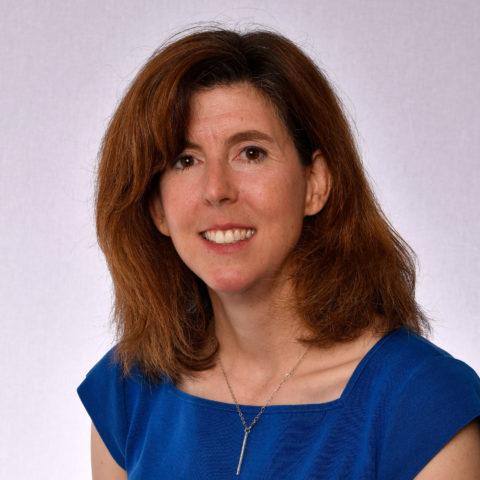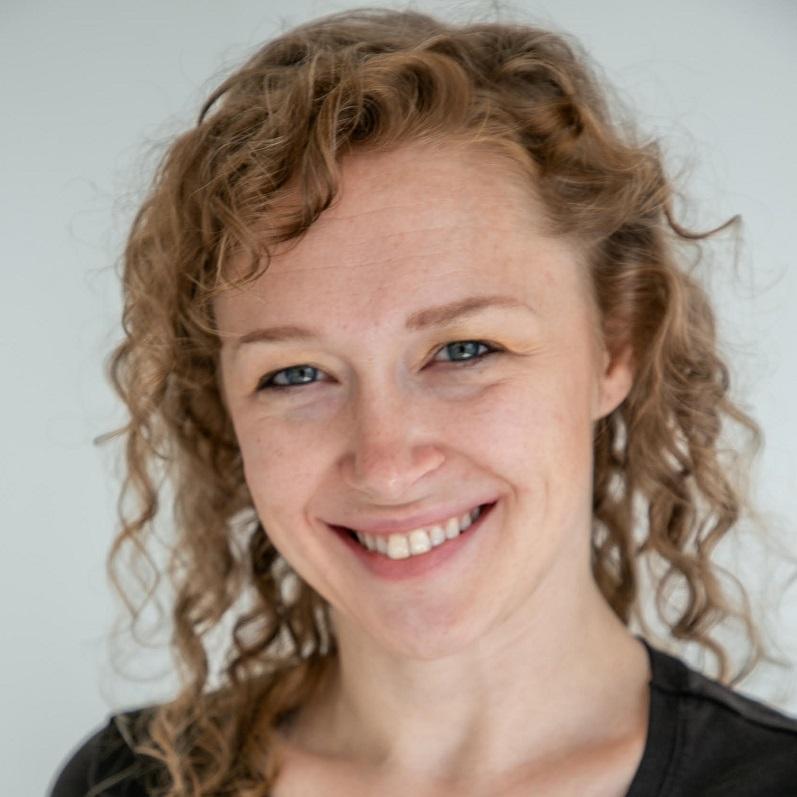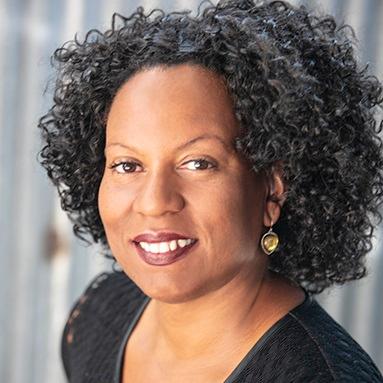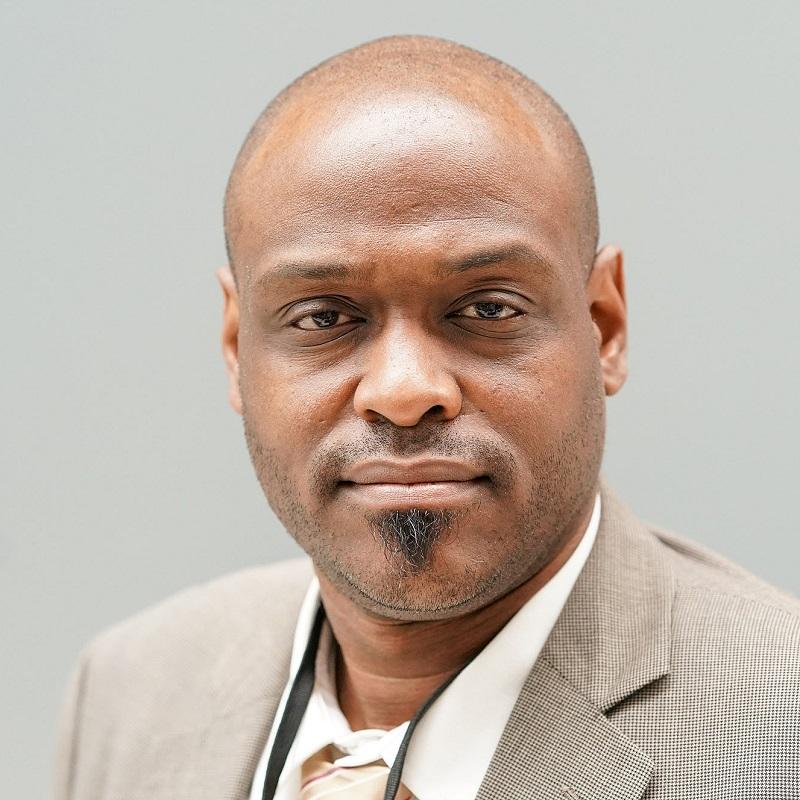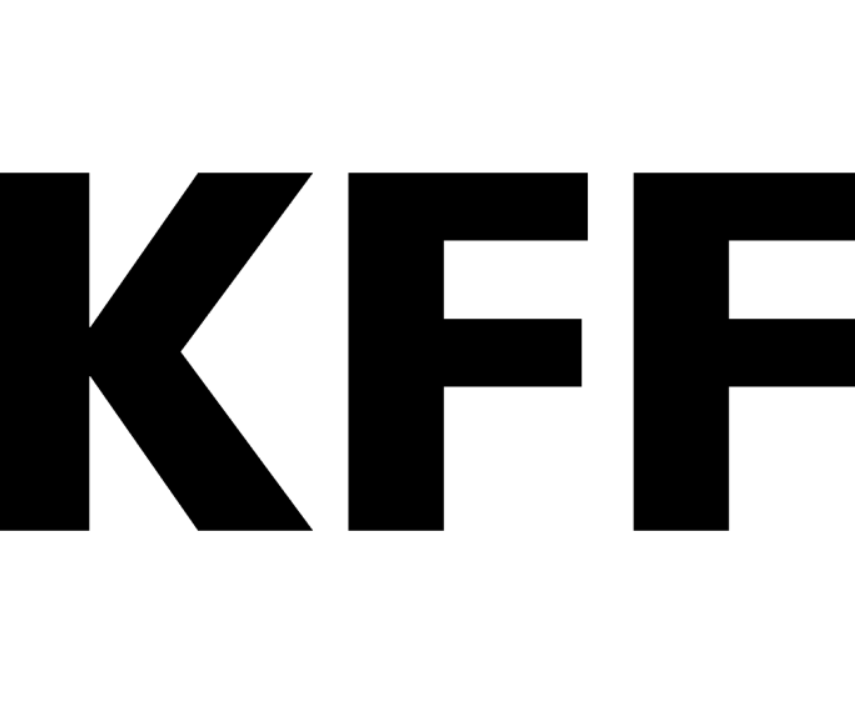
This story was originally published by Chalkbeat. Sign up for their newsletters at ckbe.at/newsletters.
By Ann Schimke, Chalkbeat
Colorado officials are again putting off rules meant to ensure the state’s universal preschool program — now in its second year — offers high-quality classes.
The latest delay, which won initial approval Thursday from a state advisory committee, represents the third time the rules have been postponed and means new requirements on class size, curriculum, and teacher training won’t start phasing in until July 2026. That’s three years after the program’s 2023 launch and nearly six years after Colorado voters approved a nicotine tax to help fund universal preschool.
The state’s slow-going approach to putting quality guardrails around the $344 million program stands in stark contrast to its initial promise that the new preschool program would offer high-quality preschool to every 4-year-old in the state. The repeated delays also raise questions about the effectiveness of the Department of Early Childhood, which is charged with operating the program. The department has recently taken flack from prominent state lawmakers over communication and planning failures related to a different program for young children.
Universal preschool, which is one of Gov. Jared Polis’ key priorities, is popular with families. This year, it enrolls about 42,000 4-year-olds — 65% of that age group in the state. Most get 15 tuition-free hours of class a week, but some get 30.
At a Thursday meeting of the Rules Advisory Council, which gives the state non-binding recommendations on early childhood rules, department officials framed the delay as a move that will help preschools.
“We’ve heard from [preschool] providers that it feels rushed and confusing. We agree,” said Glenn Robinson, deputy director of the state’s universal preschool program.
But the state is also behind schedule on key tasks needed to put new quality rules in place. For example, it hasn’t yet released a list of approved preschool curriculum — even though the state planned to share the list months ago.
Priscilla Hopkins, an advisory council member and the head of early childhood programs for Denver Public Schools, noted the absence of the list, which state officials are calling a resource bank, at Thursday’s meeting.
“I cannot find those anywhere,” she said. “Where are the bank of resources?”
State officials said they’re circulating a “prototype” to various early childhood groups now and will release it publicly at the end of June.
Delays plagued preschool rules from the beginning
The first major delay in rules on universal preschool quality came during the program’s rushed and rocky rollout in the spring of 2023. At the time, state officials told preschools participating in the program there would be no new rules for the program’s first year as they’d originally intended.
“Keep doing what you’re doing,” they told providers.
The new goal date for quality standards was July 2024.
But it took longer than state officials expected to hammer out the new rules, so they pushed the effective date to July 2025. Now, with less than three months until that deadline, they’ve pushed them back again.
Some of the rules, including an eventual class size cap of 20 students and a staff-student ratio of 1 to 10, won’t be fully in place till July 2027, after four classes of 4-year-olds have gone through the program.
Experts say high-quality preschool can produce short- and long-term benefits for kids. But the current quality of preschools in Colorado’s universal program is all over the map.
Some children attend top-rated preschools with small class sizes, excellent teachers, and strong curriculum. Others attend programs that meet only basic health and safety standards, and have the lowest grade on the state’s 5-level rating system, called Colorado Shines.
Currently, the “universal preschool” label doesn’t indicate anything about the caliber of classroom a child will join. Rather, it simply indicates the state is paying for 10 to 30 hours of class time.
Class size and ratios remain sticking points
Class size and staff-student ratio proposals have ping-ponged around since state officials began planning the universal preschool program. Early childhood department officials initially proposed sticking with the state’s current child care licensing caps: 24 4-year-olds per classroom and one adult for every 12 children.
But national experts panned the state’s proposal, saying it set a low bar and could lead to bad outcomes for kids. By the fall of 2023, department leaders pivoted to class size caps of 20 and staff-student ratios of 1 to 10. National groups, such as the National Institute for Early Education Research and the National Association for the Education of Young Children, recommend these limits.
Colorado’s previous state-funded preschool program, which was for children from low-income families or those with other risk factors, had even stricter limits.
Some private preschools balked at the change, warning they’d lose money if they had to cut class sizes. After months of debate, the state came up with a compromise.
Most preschools would be required to limit classes to 20 students and ratios to 1 to 10, but would be allowed to phase in the changes over two years. In addition, there would be one major exception to the new limits: Preschools with one of the highest two Colorado Shines ratings — Level 4 or 5 — would still be allowed to have classes of 24 4-year-olds and ratios of 1 to 12.
Thursday’s council meeting showed there’s still resistance to the compromise.
Kelly Beal, the owner of Honey Tree Preschool in western Colorado, asked if the state would provide extra money to compensate centers like hers that would have to reduce class sizes because of the rules.
“The funding that we’re going to lose for four kids … that’s a lot of money for us every year,” she said.
Colin Stewart, a council member and CEO of STEM Child Care in Castle Rock, suggested that preschoolers aren’t that much different from kindergartners, who sometimes have 30 or more classmates.
“Is there evidence to suggest that children’s developmental needs change significantly enough between ages four and five to justify such a drastic shift in staffing standards?” he asked.
State officials on the video call seemed caught off guard by such questions, saying they’d consult with the department’s universal preschool team for answers.
None of the dozen Rules Advisory Council members at the meeting defended the state’s class size and ratio rules, though some other attendees did in the online chat.
“Developmentally there is a difference between 4-year-olds and 5-year-olds,” one attendee wrote. “1:10 ratio is quality. Quality should be a priority.”
Ann Schimke is a senior reporter at Chalkbeat, covering early childhood issues and early literacy. Contact Ann at [email protected]
